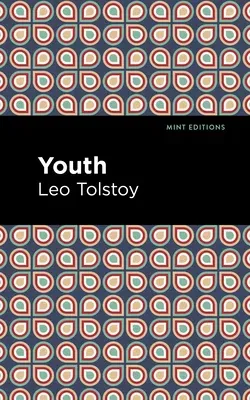Youth (1857) is a novel by Leo Tolstoy. Published at the beginning of
his career as a leading Russian author of his generation, Youth is the
third in a trilogy of semi-autobiographical novels tracing Nikolenka's
journey from innocence to experience. As a record of the past, a
nostalgic reminder of a lost world, Youth is one of Tolstoy's most
personal works, and yet his prose shows signs of the universal religious
and philosophical themes that would inspire such masterpieces as War
and Peace (1869) and Anna Karenina (1877). A story of life and death,
love and grief, Youth is an invaluable treasure of Russian literature.
"Nevertheless there came a moment when those thoughts swept into my head
with a sudden freshness and force of moral revelation which left me
aghast at the amount of time which I had been wasting, and made me feel
as though I must at once--that very second--apply those thoughts to
life, with the firm intention of never again changing them. It is from
that moment that I date the beginning of my youth." Centered on his
friendship with Dmitri and the trials he faces on his way to attending
university, the final installment of Tolstoy's trilogy finds Nikolenko
on the cusp of adulthood, filled with passions and ideas that form his
sense of individuality. As his story unfolds, we see him experience
love, grief, and anger for the first time in his life, returning us for
a brief moment to our own childhoods, the bittersweet memories of good
and bad things that can never return. Praised for its expressionistic
style and meditative prose, Youth won Tolstoy the attention of
Russia's literary elite, launching his career as one of the nineteenth
century's most influential artists. With a beautifully designed cover
and professionally typeset manuscript, this edition of Leo Tolstoy's
Youth is a classic work of Russian literature reimagined for modern
readers.


